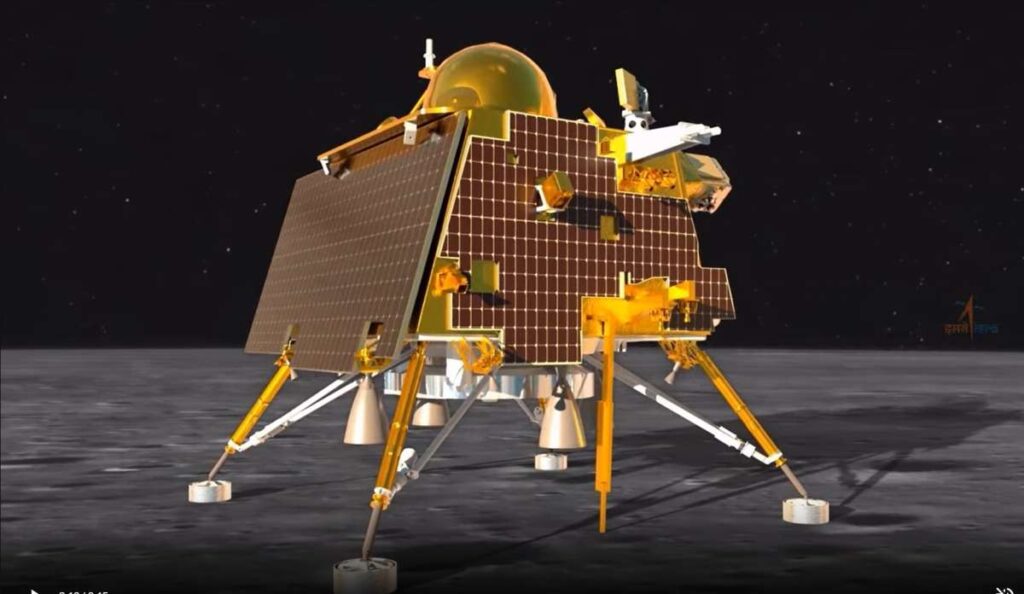After a 40-day trip beginning at the Sathish Dhawan Space Center in Sriharikota and a history of space crashes, India’s Chandrayaan-3 has finally landed on the moon.
The Vikram lander, which had crashed into the lunar surface during previous Chandrayaan missions, has made it to the moon’s south pole.
ISRO Statement on Chandrayaan-3
The Indian Space Research Organisation (ISRO) announced on Wednesday that it was ready to initiate the spacecraft’s automated landing sequence, initiating the algorithm that will take over once it reaches the specified place and assist it in landing.
Following its landing, Chandrayaan-3 is intended to undertake a range of experiments, including a spectrometer examination of the mineral composition of the lunar surface.
“Landing on the south pole (of the moon) would actually allow India to explore if there is water ice on the moon. And this is very important for cumulative data and science on the geology of the moon,” said Carla Filotico, a partner and managing director at consultancy SpaceTec Partners.
The primary purpose of the project is to demonstrate the Indian space agency’s ability to do a soft landing on the Moon.
Chandrayaan-2 Crash in 2019
In 2019, India’s Chandrayaan-2 spacecraft failed to touchdown near the south pole, smashing into the lunar surface.
The last space crash was followed by the Chandrayaan-3 mission, which successfully reached the moon days after the Russian space agency attempted to land in the same spot.
India has joined a restricted group of countries that have made a soft landing on the moon. Prior to Chandrayaan’s mission, the club’s only members were Russia, China, and the United States.
The Indian space program is credited to Vikram Sarabhai, whose name appears on the Vikram lander.
While in motion, the Chandrayaan-3 Rover will conduct on-site chemical investigation of the lunar surface.
The Vikram lander will deploy the Rover, followed by a soft landing at the moon’s south pole.
To read our blog on “India’s Chandrayaan-3 landing mission has entered lunar orbit,” click here.
